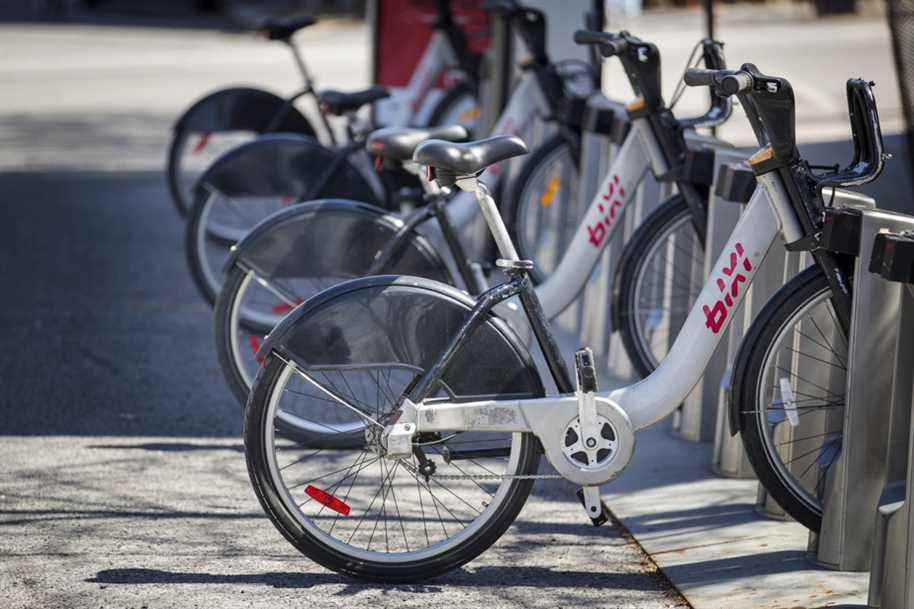The BIXI Montreal bikes will be back in Montreal on Wednesday, two days earlier than expected. At the same time, the organization announces that it has added 490 electric bikes, 31 stations and 765 additional anchor points.
Posted at 9:21 a.m.
Updated at 10:41 a.m.
This hasty return to bike-sharing will therefore come at the right time for the long Easter weekend that is looming in the metropolis. At the start of the season, BIXI Montreal claims to have “never” had “so many new users” since its creation, with increases of 326% compared to 2020 and 195% compared to 2019, which had already been a year record. To date, we have also recorded 50% more pre-season subscription sales compared to last year.
According to the organization, it is above all the electrically assisted bicycles that have contributed significantly to this significant increase in users. Last year, BIXI recorded no less than 1.3 million electrically assisted bicycle trips.
BIXI has therefore chosen this year to add some thirty new electrical stations, including one near the Université de Montréal and HEC Montréal, but also at the Olympic Village and the Atwater market, where demand is growing rapidly. The group also says it has the ambition to improve its offer in Montreal’s nature parks, including Île-de-la-Visitation, Bois-de-Saraguay and Bois-de-Liesse.
The pre-season rate for the season pass at $83 before taxes, or 10% off the regular season pass, is available until next Friday.
This year also marks the achievement of an important symbolic milestone for BIXI, since since Montreal became the first city in America to inaugurate a large-scale bike-sharing service in 2009, 50 million trips have already been made in the metropolitan area.
At the end of January, the Legault government had also confirmed the payment of millions of dollars for the acquisition of 725 electric BIXIs, as well as the creation of 83 stations for the Montreal network of self-service bicycles. Montreal thus won half of an envelope of 6.5 million aimed at “diversifying the offer by providing users with electrically assisted bicycles, in particular in places where the topography limits access to active transport”.
With The Canadian Press

